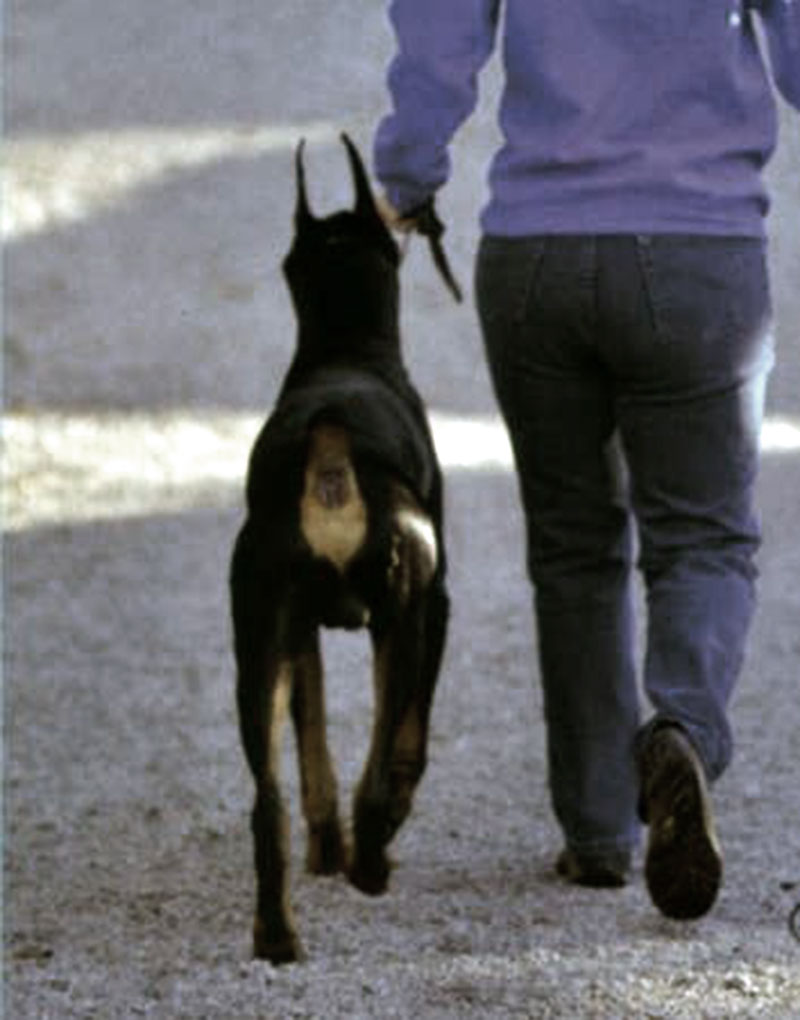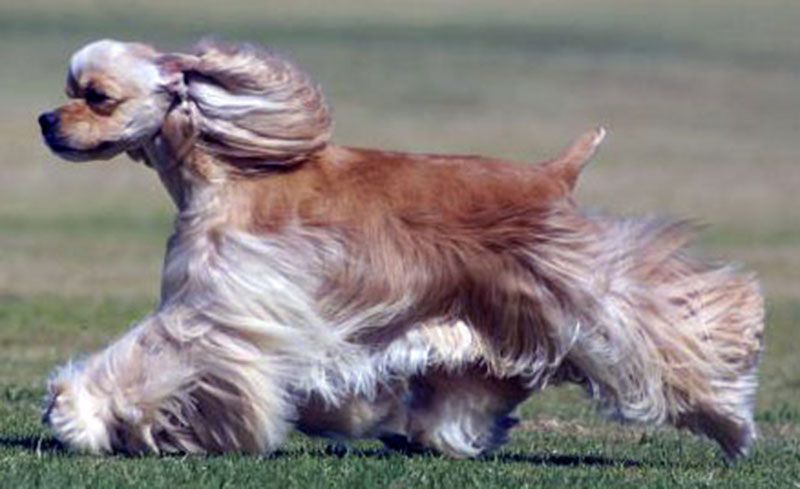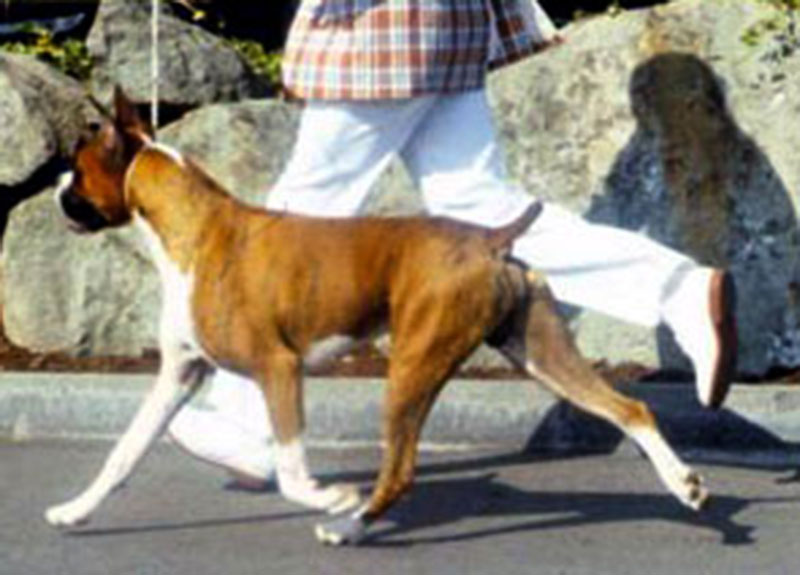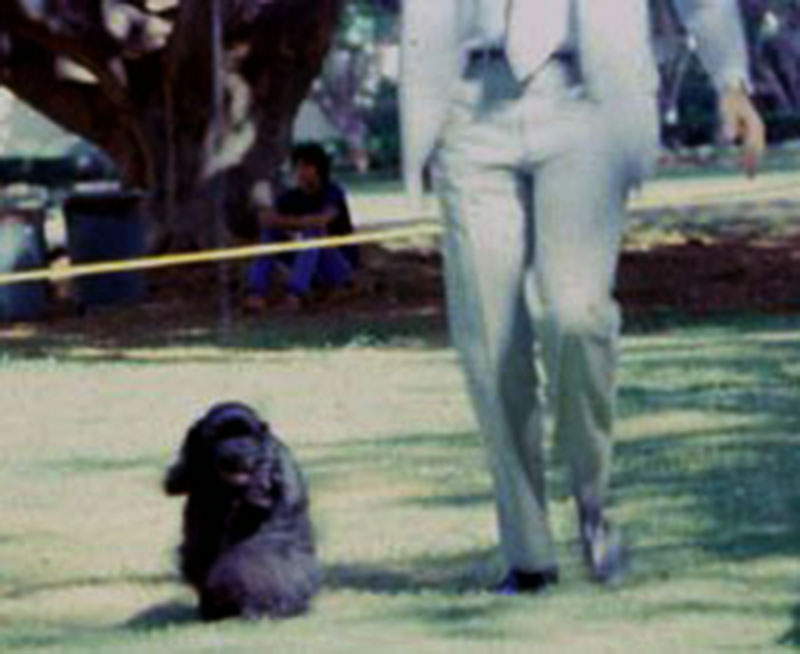Parent Category:
Introduction
Those who judge know that faults and virtues vary in their degree of severity and in the frequency of their occurrence from dog to dog and from breed to breed. Because virtues and faults occur in all breeds the challenge is to recognize the average dog from the better and the best ones. Generally speaking, it all begins with knowing the breed standard, how to interpret it and being able to recognize what correct and incorrect structure looks like when standing and in motion. Since most dogs are nearly average in quality evaluating them requires an understanding of anatomy and the principles of good movement. Said another way, many faults and virtues can be seen by observing a dog standing but only in motion can other traits and faults be revealed.
Judges And Stationaries
As a judge, I have learned that the essential elements of evaluation depend on several things. It begins with your proximity to the dog and where you stand through-out the judging. For example, when dogs are in motion, movement is often quicker then the eye can follow and in the confined space and limited time allowed in the show ring even the educated can be misled. This means that traits can easily be missed. For example, dogs move in different ways at different speeds, therefore, what will be seen at a walk or trot is determined by where you are standing and what you look for during the side gait and the down and back exercise. Those who are outside the ring have many of the same problems as a judge in the ring. The difference is that those outside the ring, for the most part, are less mobile. They sit in a chair or stand in one place throughout the judging. I call this group the "stationaries". As a group they can be described as those who are likely to miss some of the more obvious problems of structure and movement. Most everyone can see poor movement because of its apparent awkwardness. Poor top lines, pounding, steep shoulders, cow hocks, elbows out, loose shoulders and the east-west fronts are a little more difficult and will be missed if the judge or person at ringside does not move into the right place. This problem occurs for the "stationary" because they usually find one location and watch all of the judging from that spot. They are generally not mobile during the judging which causes them to miss seeing the down and back and some, or the entire, side gait. Only a few at ringside will see the individual examination, the down and back, and the side gait. Too often the stationary becomes one of the ringside critics.

Being close to each dog during the individual examination makes a difference when looking for breed type (silhouette, head, eyes, coat, and color). If a judge elected to sit in a chair or stand in one location and officiate each class, the quality of evaluations would be unacceptable and no one would respect the final decision. In addition to location and proximity to the dog it is important to develop an educated eye, one that looks for dogs with fluidity, efficiency, balance and coordination. For the judge, the process is complicated by the time allowed and the fact that not all dogs move alike. Structural variations effect how they put their feet down. For example, the massive Bulldog with its low center of gravity and wide front does not move like the Wolfhound with its long legs and muscular body.
Interpreting breed standards is another issue. All standards discuss general appearance, body proportions, virtues, faults and special traits such as height to length, shoulders and croups. Some describe a breed as "square" which is taken to mean height at the highest point of the withers is equal to the length of the body from the shoulder point to the buttocks or rump. What can complicate seeing a "square" bodied dog or one that is "almost square" or "rectangular" is the color and markings on the body, neck and feet. They can influence appearance of height and length by creating an optical illusion. Markings can make a dog look taller, longer or shorter depending on where the colors, spots and patches are located. For this reason judges will walk around a dog and look it from both sides.
Sometimes an overly square dog will crab or side-wind because they cannot get their front feet out of the way of their rear feet. This fault can be caused by a height to length problem and it explains why judges will sometimes ask the handler to take the dog down and back more than once.
We are fortunate in that all dogs have the same number of bones which are tied together by the same number of muscles, tendons and ligaments. Collectively they influence body shape, weight, size and proportions. While all of the parts are vital to movement, the articulation of the parts and the angulation at the shoulder and hip joints determines whether the structure is balanced. The term "angulation" refers mainly to the angles formed at the hip and shoulder joints, stifle and hock. A dog with good angulation and balance tends to have a smoother stride then a less angulated dog.

Angulation and balance affects the way dogs move at different speeds. When walking, three legs will be on the ground in order to support the dog as it moves forward. This can be seen as a regular sequence. Right front, left hind, left front, right hind and so on. As the speed increases the sequence changes and the dog moves into a trot. As the dog’s gait smooths out, judges will look for foot timing, which is another element of movement. It refers to the coordination of the parts in the front and rear assemblies. Foot timing can be evaluated during the side gait and during the down and back. One element of foot timing is good extension of the front feet, meaning they should extend and come out well under the muzzle. A trained eye will look for stiff and inflexible action of the front assembly, back and hocks which are common faults affecting foot timing. For example, as the speed increases from a walk to the trot, the feet of most dogs begin to reach toward a center line beneath the body. Both front and rear legs should appear to fall towards a straight line. This is called the tendency to single track. It is influenced by the height and length of body and leg. There are several breeds that, because of anatomy do not or cannot single tract, such as the double tracking Corgi and the four tracking Bulldog. But to a greater or lesser degree, the legs of all dogs should attempt to converge as speed increases in order to maintain balance.
Observing dogs in the ring can also be complicated by the restriction and limitations placed on a dog by the handlers with their lead. When a dog is strung up on a tight lead so that its feet barely touch the ground, movement cannot be evaluated. Another related problem is that sometimes handlers think that faster is better. Speed rarely improves movement and often times it only accentuates poor structure. Too frequently, through intent or lack of attention, a handler will unknowingly confuse a dog’s movement.


The "stationary" that is sitting or standing in one place throughout the judging generally will miss these elements and much of the judging. Even if they understand the principles of structure and movement, seeing elbows out, crabbing, cow hocks, lack of reach and foot timing are traits that cannot be seen from one place. As the judge sorts through the entry and begins to move the better dogs to the front of the class, the "stationary" might begin to question the rankings and final placements without realizing they did not see the individual exercises, the down and backs or all of the side gaits.
In order to see what a judge sees depends on what you know and if you were mobile during the judging. What gives the "stationary" comfort is that most of the observers at ringside can see poor movement because of its apparent awkwardness and lack of grace, but the more subtle differences between dogs will be missed, especially if they are distracted by others in conversation.
Who will see what I see? Well it all comes down to many things beyond knowing the standard and this leads me to ask the reader one final question. Are you a "stationary"? If you are, you will not see the virtues and faults of the dogs in competition and you will not see what I see.
About the Author
Carmen L Battaglia holds a Ph.D. and Masters Degree from Florida State University. As an AKC judge, researcher and writer, he has been a leader in promotion of breeding better dogs and has written many articles and several books.Dr. Battaglia is also a popular TV and radio talk show speaker. His seminars on breeding dogs, selecting sires and choosing puppies have been well received by the breed clubs all over the country.

